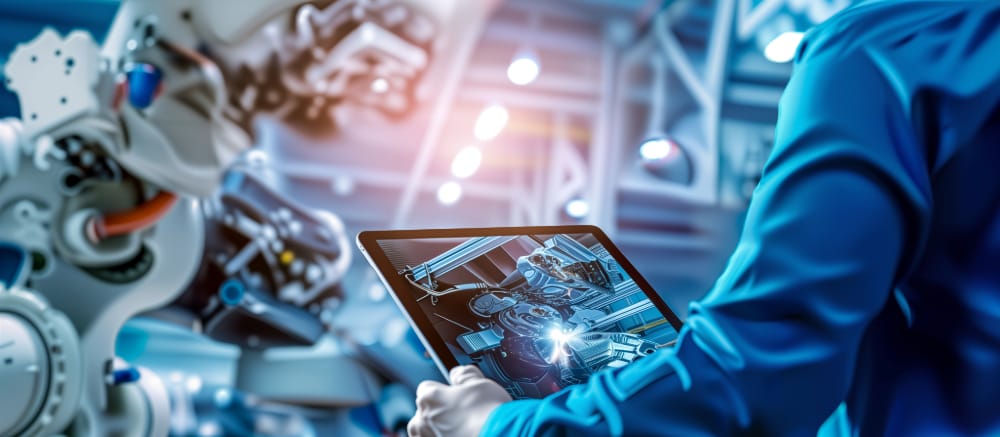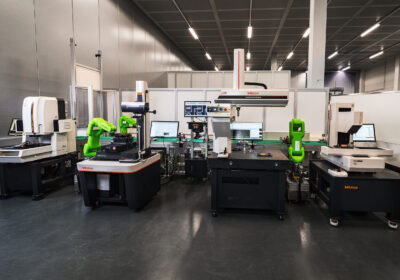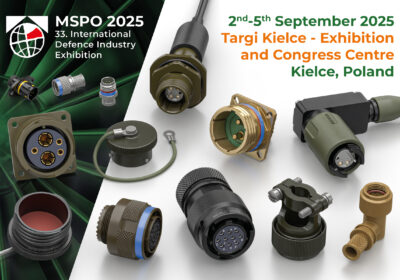The rapid growth of AI and robotics companies in the UK, has risen to 600% in the last decade, which has sparked conversations across industries about streamlining processes. While these technological advancements are exciting, they’ve also raised concerns among workers about job security. Many myths have circulated about the potential impact of AI and robotics on employment, leading to anxiety and uncertainty.
It’s important to remember that AI and robotics are designed to make work easier, not to replace jobs. To dispel the fear surrounding these technologies, Welding Alloys debunks three of the most common myths about AI and robotics.
Myth 1: AI and Robots Will Steal Our Jobs
While AI may seem like something from a futuristic movie, the reality is much different. A survey conducted by Public First had revealed that many people fear AI could lead to job loss, with 64% of respondents believing it would significantly or somewhat increase unemployment.
AI and robotics will transform how we work, but they need human input to function effectively. Instead of job loss, you’re more likely to receive training on how to use and interact with AI.
AI and robotics aren’t just being implemented to streamline processes. They can also handle tasks that are physically demanding or require analysing large amounts of data. AI can predict workplace hazards and analyse data for forecasting, while robots can perform heavy lifting and precise tasks that humans might struggle with. This reduces the need for human involvement in these areas, thus improves health and safety in the workplace.
Myth 2: AI and Robotics Are Too Costly
While it’s true that investing in modern technology requires a budget, this is also the case for AI and robotics. As these technologies become more essential for business processes.
A report by Capital Economics for the DCMS found that UK companies using AI technology already invested a total of £16.7 billion. On average, small businesses spend £9,500, medium businesses spend £380,000, and large businesses spend £1.6 million on AI.
As AI and robotics have become more widespread, demand has increased. This has not only made them more accessible but has also lowered costs. This could further encourage businesses to invest in these technologies and allocate more budget for their integration.
Capital Economics predicts that spending on AI and robotics could reach between £27.2 billion and £35.6 billion by 2025, making these technologies even more affordable.

Myth 3: Robots Are Unsafe for Human Collaboration
This myth stems from fears of robots becoming dominant and anxieties about new technology. However, robots are designed to help humans and make processes safer and more efficient.
Laser cladding is a crucial process in many industries that can be made safer by using robots. This process requires precise and repetitive movements, which can be performed more safely by robots, reducing the risk of operator injury.
Source
https://www.forbes.com/uk/advisor/business/software/uk-artificial-intelligence-ai-statistics-2023/







